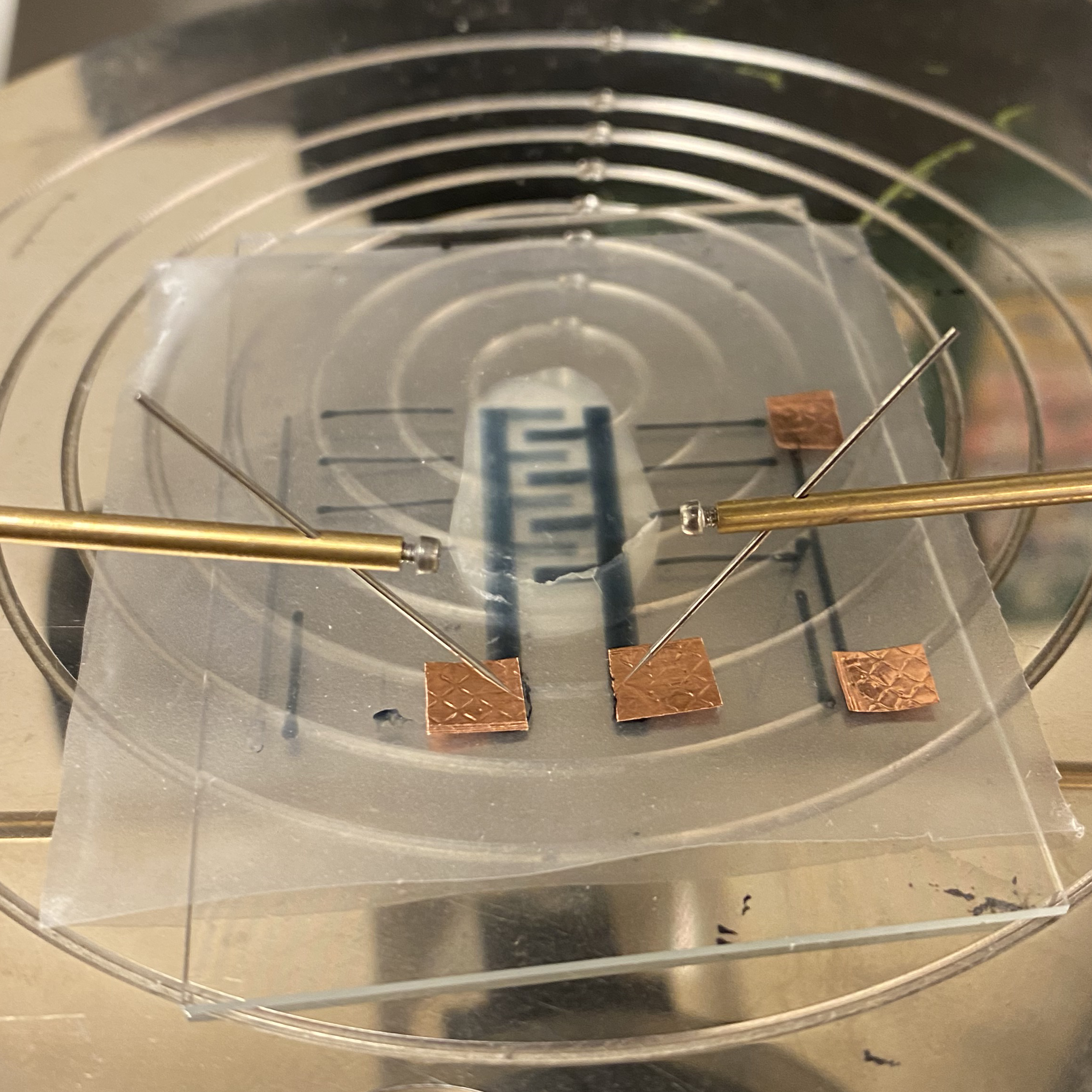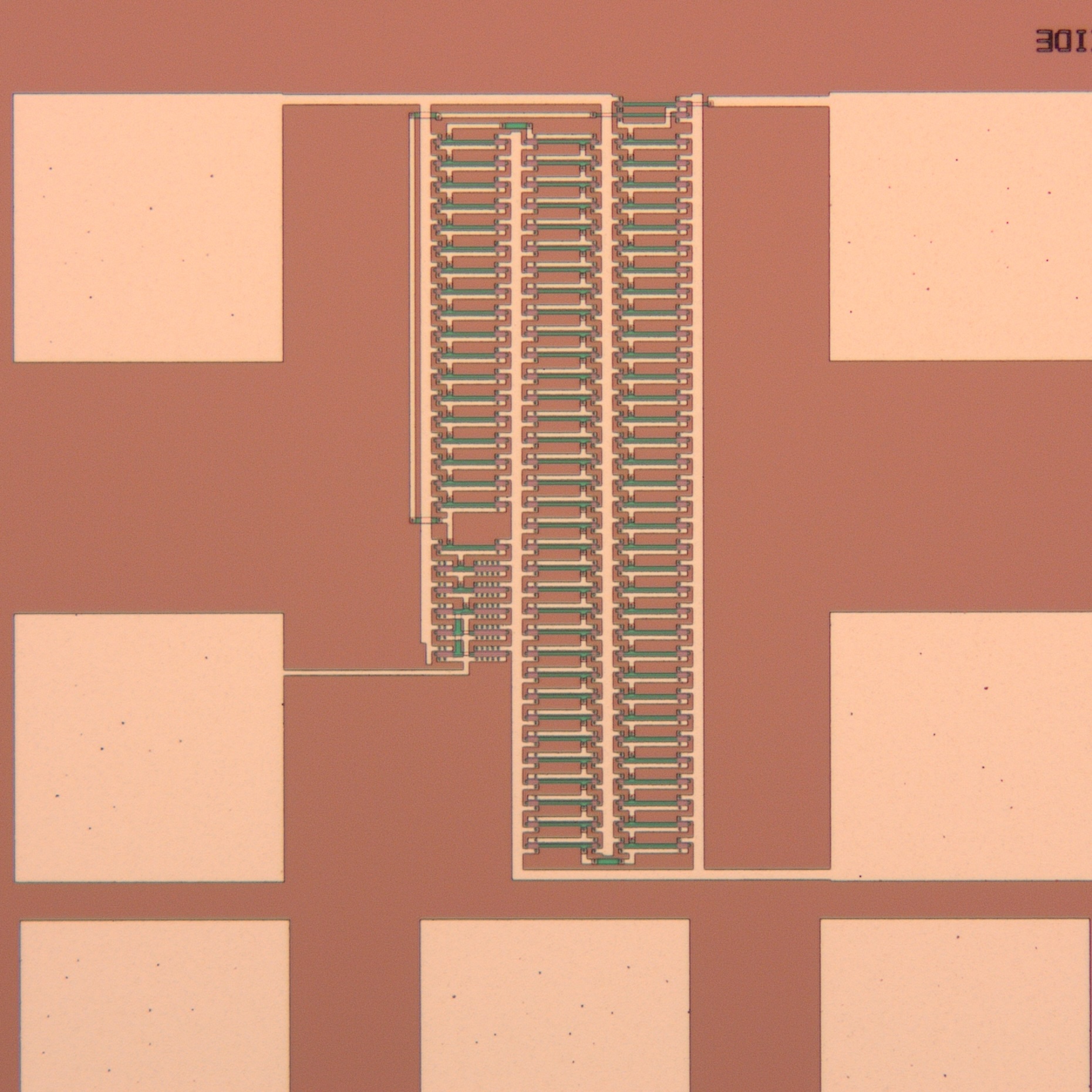About the project
The documentary 'Vamizi - Cradle of Coral' was initiated to help promote local and, in particular, national awareness of the unique biodiversity and
beauty of the marine environment of the northern Quirimbas. It was also used to promote awareness of the area at an international level. The film was produced by
Maryanne Culpepper, an award-winning producer/writer at National Geographic Television where she served as Head of Development and later, President. Wildlife photographer
Mattias Klum served as the director and writer of the documentary. He brings a unique artistic vision to his portrayal of animals, plants, and natural and cultural
settings. Klum has been named WWF ambassador, IUCN ambassador and National Geographic Fellow. In 2013 he was awarded an Honorary Doctorate degree in Natural
Science by Stockholm University.
Together they created a feature length film which looks at Vamizi's fragile eco-system and the efforts being made to save it. The film reveals an
amazing place few have ever seen - a place in danger of vanishing forever.
See the film here
Read more about the film here
Fun fact!
Vamizi - Cradle of Coral
Project description
Vamizi is the largest island in the Quirimbas Archipelago. Its relative isolation from mainland Mozambique has preserved
its natural beauty and wildlife. It has magnificent coral reefs and is a unique breeding ground for whales, dolphins, turtles and sharks.
This reef is also the only place in East Africa where "mass spawning" has been observed among corals, which means they are healthy and help
other corals, near and far, to reproduce and grow as well as stabilize the ecosystems around it. This fragile realm is however under threat.
The film follows a team of scientists from around the world who fight to stop the damage before it starts, accompanied by stunning imagery from
renowned National Geographic photographer Mattias Klum.
Making of Vamizi - Cradle Of Coral
Being a diver for many years prior to my engineering career, I came into contact with the project from underwater photographer Eric Börjeson (https://ericborjeson.com/)
with whom I had previously worked as a safety diver during several film projects. The project would be heavily focused on underwater imagery and needed a second safety diver.
I was recommended by Eric
who had previously collaborated with Mattias Klum. After discussions with Mattias Klum and his production company Tierra Grande, I was hired to join the project.
The preparations were extensive. A total of 60 boxes of filming and diving equipment were carried by a crew of 5 people from Stockholm, Sweden, through Dar-Es Salaam,
Tanzania and on to Vamizi Island, Mozambique.
In Vamizi, I was together with the filming crew for almost 1 month. We spend every day underwater, usually morning and evening. During the dives, us safety divers would
accompany the directory of photography underwater. Our main task was to ensure the safety of the photographer, as filming requires a lot of equipment and concentration,
which increases the risk of accidents. The secondary task for the safety divers was to serve as a assistant photographer, sometimes rigging camera equipment or underwater lights and
sometimes even being behind the camera. During the dives, we filmed a lot of species of coral and marine life. There were also other scenes filmed under water, such as the breaching
of humpback whales, dolphins and turtles.
The most unique scene however was filming the mass spawning of corals. Once a year, a coral species called the "blue coral" spawns. This
usually occurs between one week before and one week after the full moon in September in Vamizi. The spawning is a spectacular event, where the blue coral releases millions of
eggs and sperm into the water, creating a mesmerizing spectacle. However, it only takes place at night. This mean that the filming crew had to be on night dives every night for 2 weeks,
with full filming equipment. Timing the event was crucial and very difficult, which is the reason why it had never been caught on film before. However, we managed to film the spectacular
event, which is featured in the film.
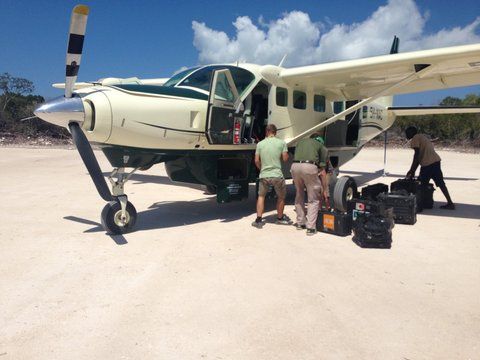
Filming crew arriving at Vamizi
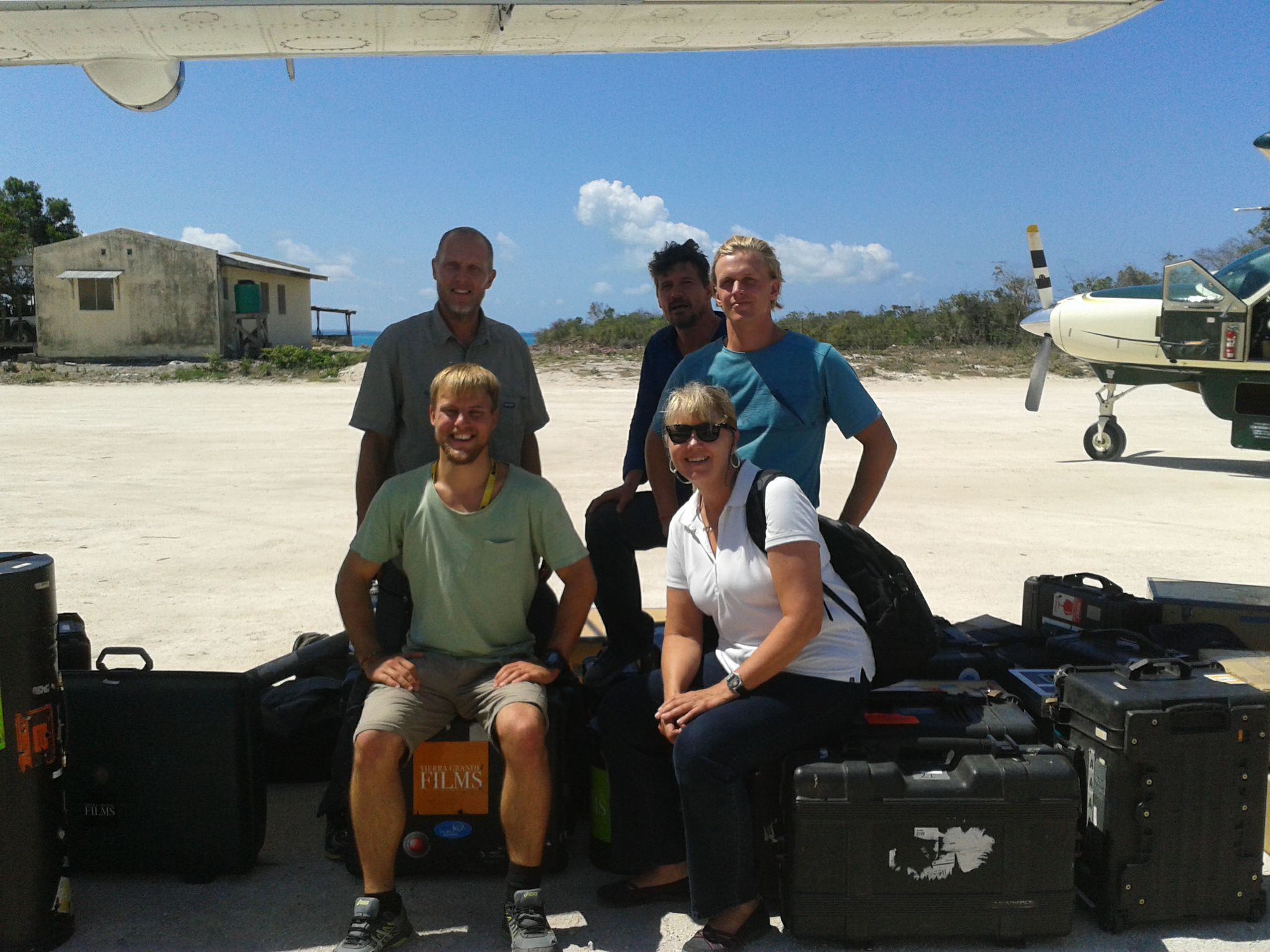
Part of the film crew

From left to right: Maryanne Culpepper, Alexander Engman, Ola Högberg, Oscar Svensson

Home-made underwater light system
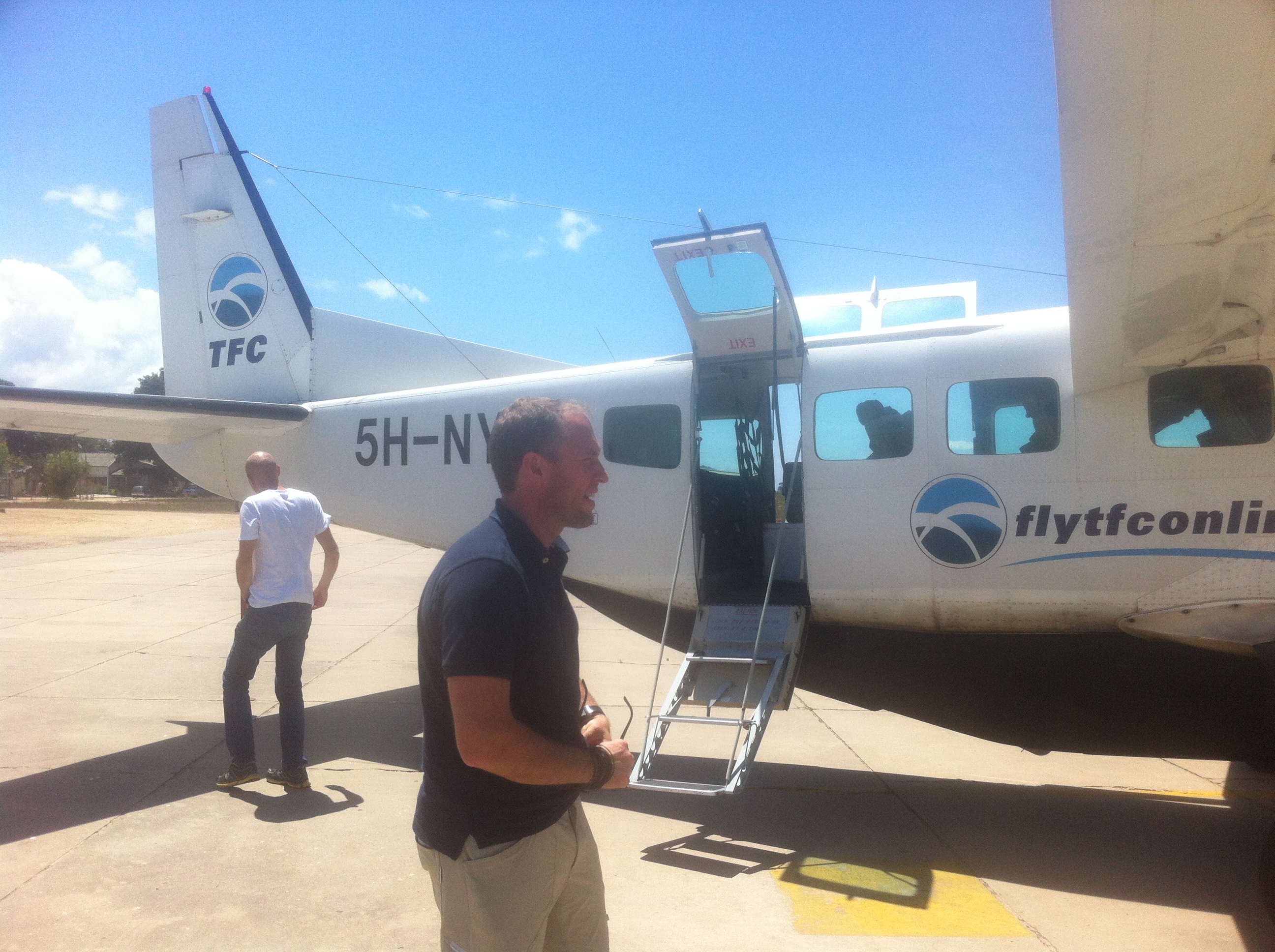
Director of photography Mattias Klum
Critical reception
The documentary "Vamizi - Cradle of Coral" was successfully completed and released in 2014. It has since been shown at various film festivals and on national television in several countries. The film has received critical acclaim for its stunning underwater imagery and its important message about coral reef conservation. The unique footage of the mass coral spawning event has been particularly praised, as it was the first time this phenomenon had been captured on film in East Africa. Awards that the film has received include:
- New York WILD Film Festival 2017 - Best cinematography
- Waimea Ocean Film Festival 2018 - Best film
Contributions to the project:
- Served as a safety diver, ensuring the well-being of the underwater photography team
- Assisted with underwater filming equipment setup and operation
- Contributed to the logistics and transportation of filming equipment
- Assisted in documenting various marine life and underwater scenes
- Supported the team in capturing above-water scenes of local culture and wildlife
What I learned from this project:
This project provided me with an extraordinary experience at the intersection of diving, conservation, and filmmaking. I gained invaluable insights into the complexities of underwater cinematography and the challenges of capturing rare natural events. The project enhanced my diving skills, particularly in night diving and working with complex equipment underwater. I developed a deeper understanding of coral reef ecosystems and the critical importance of their conservation.
Moreover, I learned about the logistics and teamwork required in a professional documentary production, especially in remote locations. The experience of working with world-renowned photographers and conservationists broadened my perspective on how science, art, and media can come together to create impactful environmental narratives. This project reinforced my passion for marine conservation and opened my eyes to the power of visual storytelling in raising awareness about critical environmental issues.


